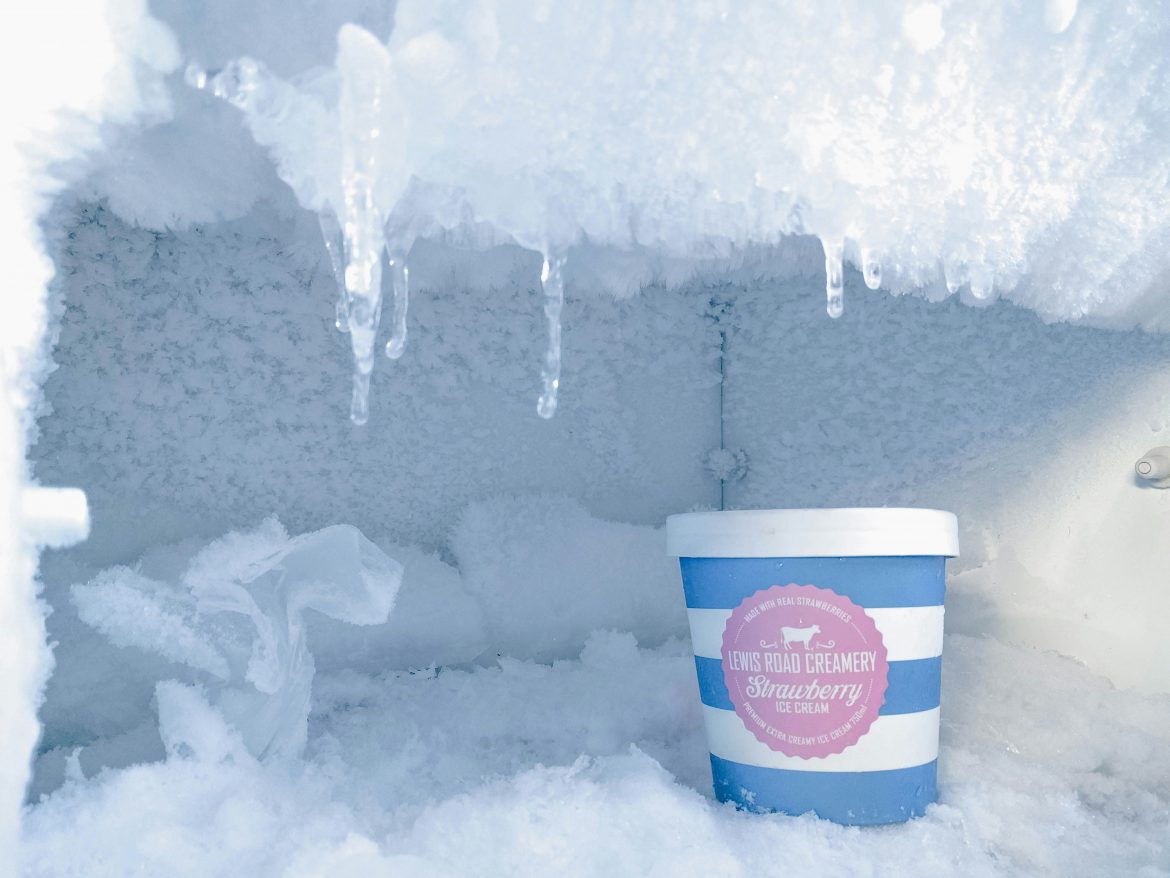The freezer is one of my secret weapons in the kitchen. When I’ve had a long day or run out of ideas of what to make for dinner (again), I am comforted by past me. Past me always manages a light bulb moment when making soup or bolognese and freezes a portion or two for when future me will need it. But, as I reach for that extra portion of dinner, I am met with a concerning sight: the dreaded freezer burn.
It happens to the best of us, but what exactly is it? How do you avoid it?
Freezer burn 101
A freezer’s one and only goal is to preserve food by keeping it at freezing temperatures. Basically, it does this by sucking air from its chamber and sending it through a cooling system (I’m no expert on the inner workings of them, so that’s as much as you get here). During this constant process, moisture is drawn out of whatever item is in the chamber, forming ice crystals on food and even on the walls of the freezer itself.
This happens to foods that aren’t wrapped or sealed properly. The moisture in the food is drawn out, and ice crystals form on its surface. Does this make the food inedible or harmful to consume? No.
Freezer burn doesn’t make foods inedible or harmful; however, it can change their colour and texture. For example, you’ve helped yourself to a generous scoop of ice cream for dessert, but notice that there’s a whole lot of ice crystals in and around it. It’s still edible and won’t upset your tummy, but its crunchy, grainy texture may leave you feeling different.
How to avoid it
Even though freezer burn isn’t the worst thing that could happen to your food, it would still be good practice to avoid it, if not for your love of pleasant textures, for your freezer’s sake. Excess ice crystals that collect in freezers cause the freezer to work harder, ultimately increasing your electricity bill.
Here are a few tips to avoid freezer burn:
1. Vacuum seal it
The best option is to vacuum-seal foods before freezing. It sucks out all the air left in the bag after filling it with meat, leftover soup, etc. Less air means less oxidation and moisture being sucked from the food as your freezer cools it down. If you don’t have this handy gadget in your kitchen, DIY it!
Use a straw to suck out excess air from zip-lock bags after adding foods. Works like a charm!
2. Make sure to cover completely
If you can, individually wrap portions of meat, ensuring their surface does not come into contact with the freezer air. Similarly with liquids in tubs, like ice cream or soups, use wax or baking paper to cover the liquid before sealing it with a lid. This extra layer will protect the surface from oxidising and evaporation.
3. Add moisture
A neat trick to try is to fill a takeaway cup with water and place it inside the freezer. The freezer will draw moisture from the cup first, evaporating it over time (yes, even when it’s frozen) instead of drawing moisture from the foods you’re trying to freeze.
Although freezer burn isn’t harmful, it can ruin your next scoop of ice cream. A little effort in packaging will go a long way to preserve quality. With proper storage, you’ll waste less food and enjoy fresher flavours from your hard-working freezer.

